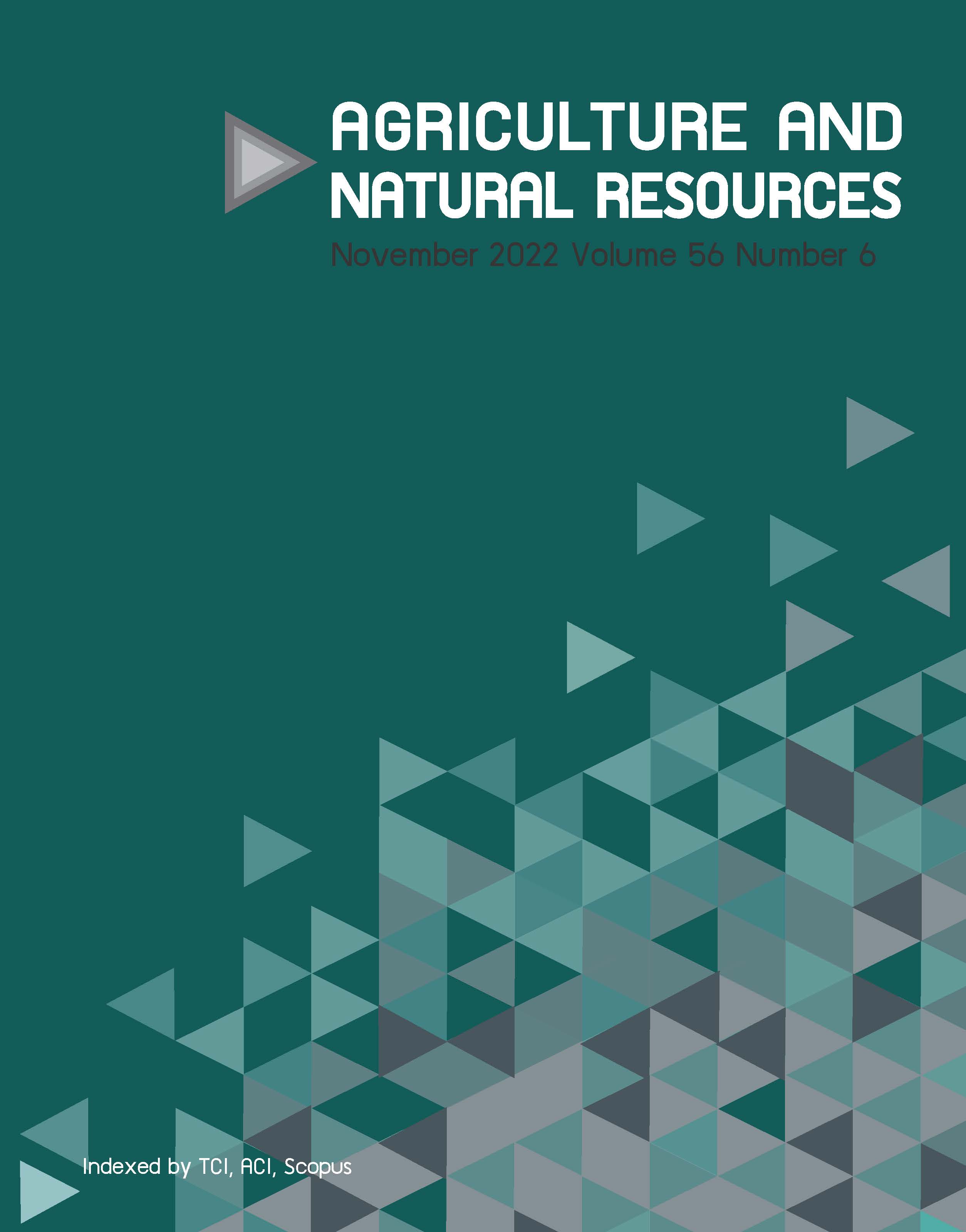Utilization of pineapple leaf fiber mixed with banana or cattail stem fibers and their paper physical properties for application in packaging
Keywords:
Banana pseudostem, Cattail stem, Packaging, Paper, Pineapple leaf fiberAbstract
Importance of the work: Recent shortages of wood and non-wood fibers for papermaking have encouraged research on new cellulosic fiber sources from agricultural wastes.
Objectives: To utilize pineapple leaf, banana pseudostem and cattail stem as agricultural wastes in Thailand for papermaking.
Materials & Methods: A completely randomized design was applied for each raw material. Chemical compositions and fiber morphologies were analyzed to determine the best treatments for all raw materials. Then, the optimum conditions for pulping and bleaching were assessed based on characterization of the yield content and pulp brightness.
Results: The results showed that 30% sodium hydroxide produced the best pulping conditions, while 40% hydrogen peroxide produced the highest brightness. Then, bleached pineapple pulp was mixed with banana or cattail pulps at various ratios to study the effect of the pineapple pulp with other pulp blends on their characterization of blended paper. The appropriate properties were identified as 70% pineapple pulp and 30% banana or cattail pulps. Then, mixtures of pineapple-banana or pineapple-cattail pulps at a ratio of 70:30 were formed and coated with 0.6% (volume per volume, v/v) of chitosan solution and 2.0% (v/v) of water-resistant agent. It was found that the mechanical and water-resistant properties of pineapple-banana paper were improved by coating with 0.6% chitosan solution and 2.0% water-resistant agent.
Main finding: Paper made from a pineapple-banana mix showed promise as packaging paper, with good mechanical and water-resistant properties.
Downloads
Published
How to Cite
Issue
Section
License
Copyright (c) 2022 Kasetsart Universityonline 2452-316X print 2468-1458/Copyright © 2022. This is an open access article under the CC BY-NC-ND license (http://creativecommons.org/licenses/by-nc-nd/4.0/),
production and hosting by Kasetsart University of Research and Development Institute on behalf of Kasetsart University.







